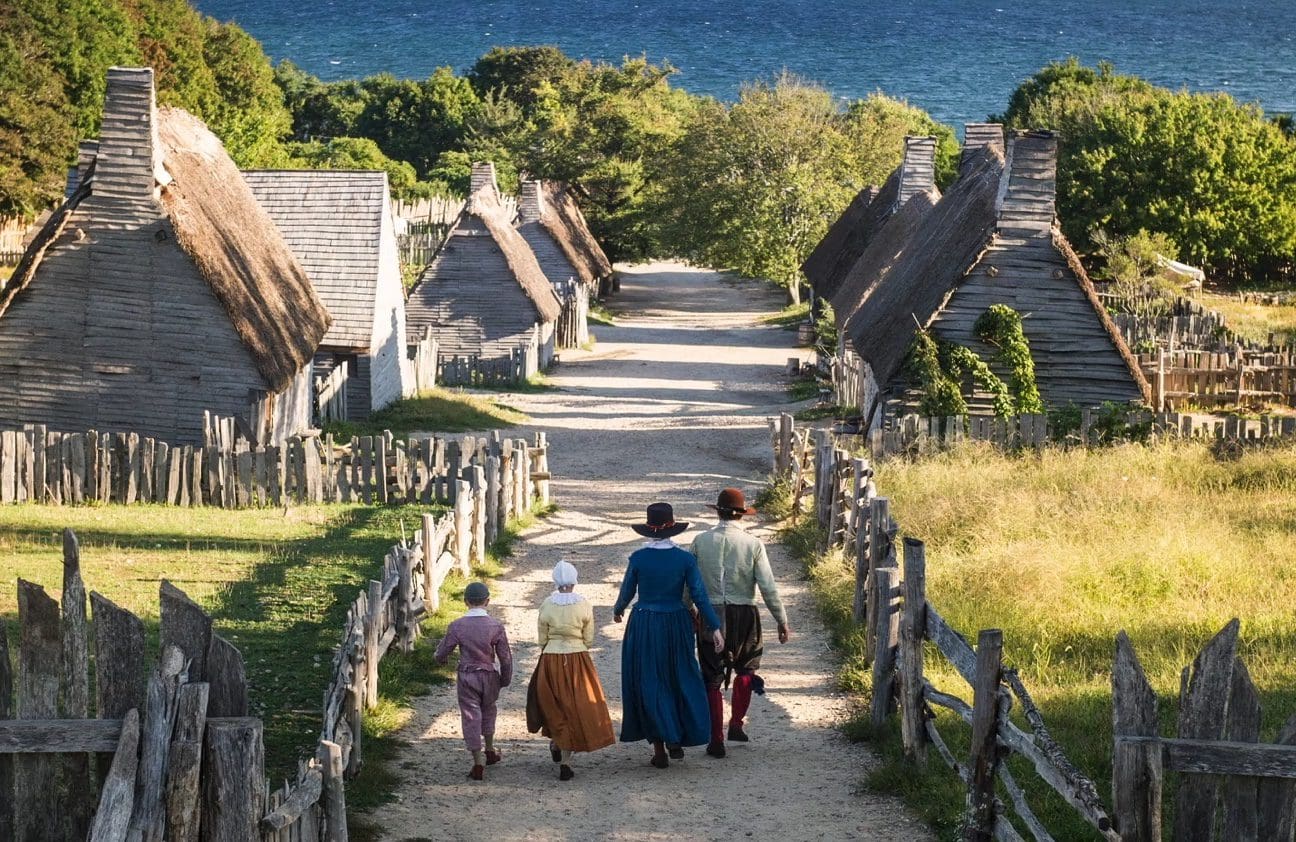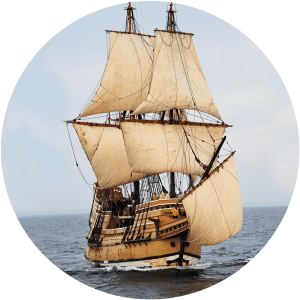Search Posts
Recent Posts
- Rhode Island Legislature Highlights Accomplishments for the 2025 Session June 25, 2025
- Sports in RI: Cody Tow, Volleyball Past, Present and Into His Future – John Cardullo June 25, 2025
- Need a Break? Time for Sour Grapes – Tim Jones June 25, 2025
- Rhode Island Weather Forecast for June 25, 2025 – Jack Donnelly June 25, 2025
- It is what it is: Commentary on 6.25.25 with Jen Brien June 25, 2025
Categories
Subscribe!
Thanks for subscribing! Please check your email for further instructions.

Plimoth Plantation at 400 Years. “We can’t change history … but it can change us.”
From Plimoth Plantation:
In 1947, Henry ‘Harry’ Hornblower II and his associates founded Plimoth Plantation, Inc. – a living museum created as a memorial to the Pilgrims, and for the historical education of the public. Harry’s vision was also based on the idea that his museum could represent more accurately the story of what happened here on the land Indigenous people called Patuxet and English colonists called Plymouth.
Plimoth Plantation strives to create meaningful encounters with history built on thorough research about the Indigenous and European people who met along these shores of change. For nearly 75 years, this Museum has welcomed millions of students and visitors from around the world to explore these interwoven stories and understand the events that transformed the ancient Wampanoag homeland and ultimately formed the cornerstone of the foundation of the United States. That understanding has the potential to inform our lives today as we learn about the traditions, the ideals, the cultures, the conflicts and collaborations on which our Nation is based.

We believe it’s important to understand the experiences, ideas and events of the past. We believe in the transformative power of education to change people’s lives for the better. We believe that those who learn from history are better equipped to deal with the challenges of today. Our intention – whether on our open-air sites, in our galleries and exhibits, or through virtual programming – is to stimulate thought-stirring conversations, expand cultural understanding and empathy, and inspire people to think, to act, to do.
Although our educational mission is inclusive of Indigenous history as well as European colonial history, the name of the Museum underscores only half of the story. The history we explore is one we, as Americans, are all still living. Recently, we shared a statement of support for the Mashpee Wampanoag Nation who are fighting to retain their tribal land on which Native people have lived for 12,000 years. In that message, we said:
This Museum seeks to represent all of the people, Indigenous and European, first-generation or with deep roots, who lived, worked, loved, fought, planted, and traded on this land in the 17th century. In 1620, Mayflower arrived to a land virtually unknown to its now famous passengers, who, in seeking a better life for themselves, thought they were entering an almost vacant wilderness. In fact, they encountered a complex and interconnected network of Indigenous communities. The Wampanoag welcomed these émigrés, formed alliances with them, and showed them how to survive on a land that was new to them – land on which the Wampanoag continue – to this day – to fish, hunt, govern sovereign communities, and raise their families.
Discussions about a name change for the museum have been ongoing for more than a year as we ask: “Does our name reflect the full, multivalent history that is at the core of the museum’s mission?” The conversations generated by that fundamental question have moved us toward a new, more balanced name demonstrating that the history and culture of the Indigenous people of this region are as integral to the Museum’s educational mission as the history and culture of the English colonists.
Our plan, for some time, has been to announce a new name for the Museum later this year as we commemorate the 400th anniversary (1620-2020) of the Pilgrims’ arrival on the shores of historic Patuxet. In the meantime, we are using a special mark as part of this year’s commemoration. You’ll see this reflected in much of our signage and on our social media accounts.

As our Nation faces a pandemic, an economic crisis, a reckoning with racial injustice and a highly-charged election year, there is no doubt that we have reached an inflection point in our history, one that raises necessary, and at times painful, discussions. But, especially in these times, that is what museums are called to do.
We have long held space for these types of conversations. The story we tell about an indigenous-colonial hybrid society that emerged here in the 17th century is the story of the United States’ complex beginnings. It is a story of collaboration and conflict, of understanding and miscommunication. It is a story of diplomacy and subterfuge, of respect and of oppression, of friendship and mistrust. It is a story of ideals and of profound faith. It is a story of growth and change, of triumph and loss, of compassion and cruelty. It is a story of alliances made and broken, of innovations forged of necessity. It is a story of great and inspiring courage in the face of adversity. It is a story of equality and inequality. It is a story of daring greatly, of risking all, of persevering against the odds, of cultural destruction and cultural survival. In short, it is America.
Regardless of its name, this Museum will continue to hold a space for humanity: the community table. An open invitation to come together and talk. We create space for conversations and experiences interwoven with elements that are immersive and participatory, inclusive and social, personal and relevant. We will continue to strive for inclusion, and we invite you to join the conversation.
This museum preserves a national story – one people can continue to draw on and actively participate in. We keep alive the stories of the people who lived here in the 17th century. We keep alive their ancient agricultural practices, life ways, traditions and the tangible as well as intangible cultural heritage of our nations. But a visit here means more than watching someone plant corn or prepare a meal over a hearth fire. It’s more than observing how hard life was ‘back then.’ And it goes beyond the feelings of pride and admiration, or sorrow and guilt that the stories of this place often provoke.
We recognize that the commemoration of 400 years of shared history is complex and we embrace this moment as an opportunity for reflection and learning with our worldwide community of visitors, friends, and members. If you’re not yet familiar with us or if it has been a while since your last visit, we invite you to join us on this journey and to be a part of the conversation. Our work is participatory and thrives best when it includes many perspectives. We welcome your contributions. Please get in touch with us here to share your thoughts.
In the coming months, we look forward to introducing the Museum’s new name. Previous centuries marked anniversaries with statues, pageants, orators, and urban renewal projects that reflected contemporary views of the world. We intend this change to be part of the lasting contribution our Museum makes to this century’s commemoration.
It will, indeed, reflect the ways history continues to transform us.
July 6, 2020
Plymouth, Massachusetts
